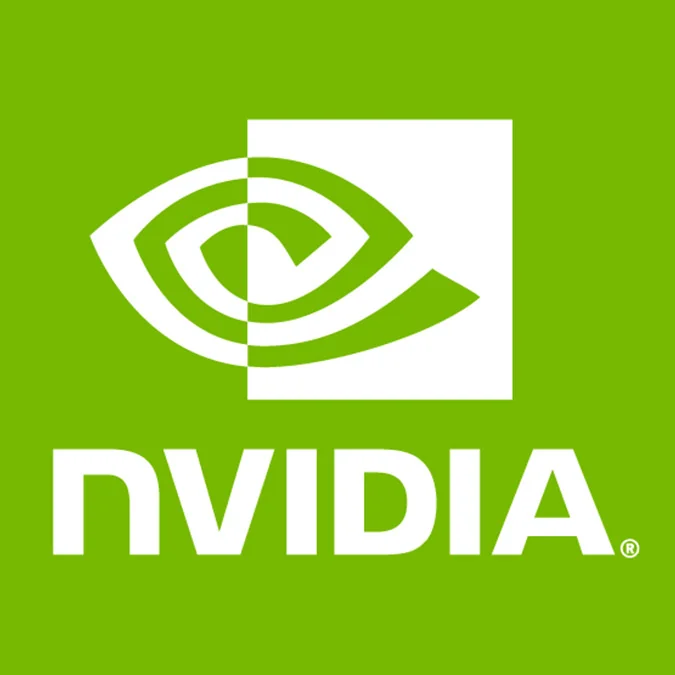NVIDIA Publishes Open-Source 2D Driver Code

Times are great with NVIDIA dabbling with more open-source code and Imagination looking at some level of open-source PowerVR support. This weekend I wrote about NVIDIA working on open-source support for their Tegra graphics while this morning new open-source patches arrived from the NVIDIA Finland office.
In that article this past weekend I mentioned that besides it being known for months that NVIDIA has been working on 2D GPU documentation covering Tegra, the NVIDIA Linux mobile engineers have also helped advance the Tegra DRM driver in supporting HDMI output and other functionality.
The NVIDIA Tegra DRM driver was started by Thierry Reding as an independent project but is now being improved by NVIDIA and others. This driver is set to be merged into the kernel's staging area with Linux 3.8. This open-source driver has been in development since this past April for supporting the Tegra 2 SoC.
NVIDIA's patches published today by Terje Bergstrom provide host1x and 2D on Tegra 2 and Tegra 3 SoCs. There's still some unresolved issues so the patches haven't been merged yet, but hopefully we might see them just in time for Linux 3.8. There's still about one week left until the Linux 3.7 kernel final release and the 3.8 merge window then opens.
In terms of host1x/nvhost, Terje writes, "nvhost is the driver that controls host1x hardware. It supports host1x command channels, synchronization, run-time power management and memory management. It is sectioned into logical driver under drivers/video/tegra/host and physical driver under drivers/video/tegra/host/host1x. The physical driver is compiled with the hardware headers of the particular host1x version."
The NVIDIA Tegra DRM driver uses nvhost for communicating with host1x to access sync points and channels. The same code will be used as well for future NVIDIA host1x clients, thereby keeping nvhost and the "tegradrm" driver separate.
These new patches to expose a user-space API for Tegra DRM to access host1d and 2D while NVIDIA is still working on some to-be-published patches against the libdrm user-space library for using this API. Other items still being worked on is IOMMU support, better PRIME support, host1x documentation, user-space 2D code, and re-basing the code upon linux-next.
The GPL patches provided by NVIDIA today for this 2D Tegra support amount to just over 8,000 lines of code. The set of eight patches can be examined on the dri-devel list.
The NVIDIA Tegra 2 packs an ultra-low-power (ULP) GeForce GPU with just four pixel shaders and four vertex shaders while the core operates between 300 and 400MHz. The NVIDIA Tegra 3 has eight pixel shaders and clock frequencies for its GeForce core between 416MHz and 520MHz.
It's interesting to see NVIDIA work on this open-source graphics acceleration support, but too bad right now it's limited to just Tegra/mobile coverage and no change of course on the desktop side. On the desktop side they used to maintain the UMS-only xf86-video-nv DDX driver that did have 2D acceleration support, but that driver was eventually canned when Nouveau began to grow in popularity. We also haven't yet seen any open-source 3D support for Tegra, but back in September heard there might be some open-source 3D support.
6 Comments

